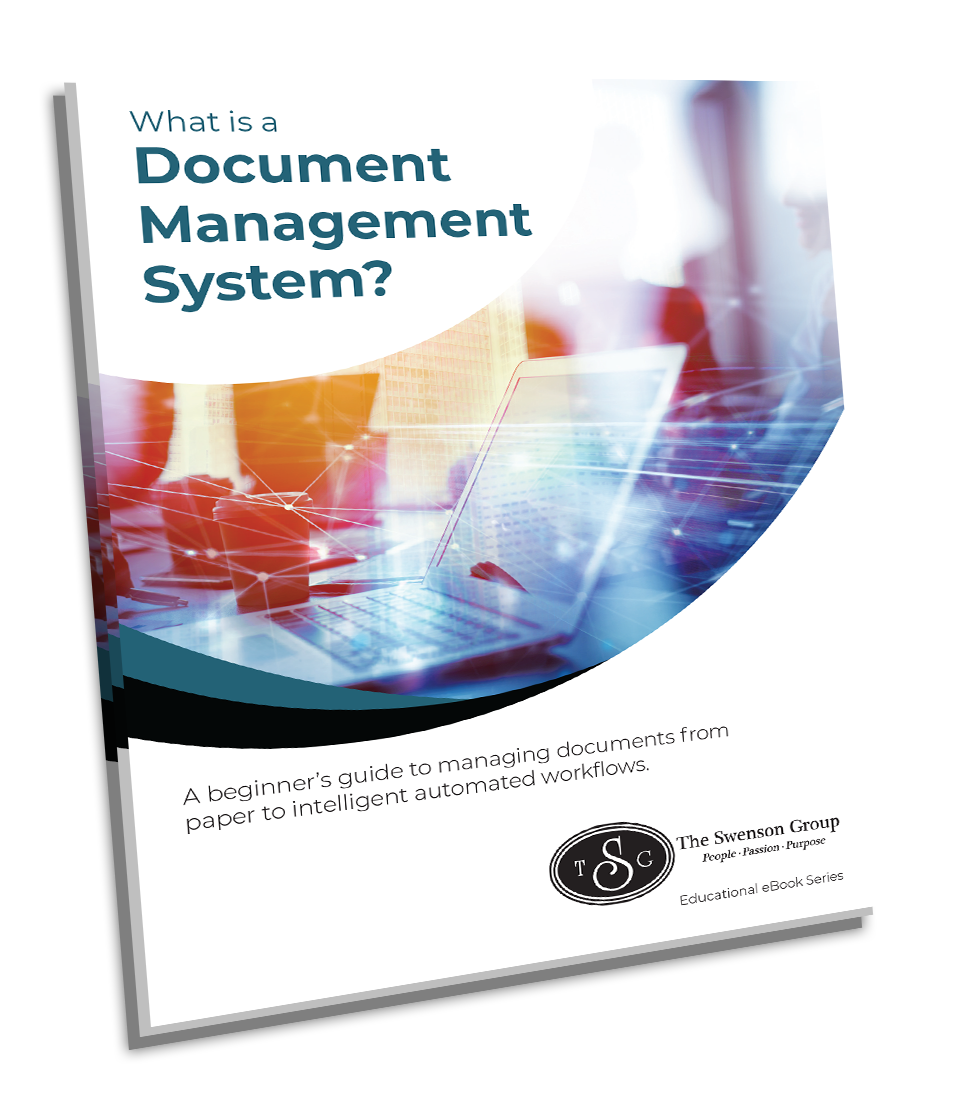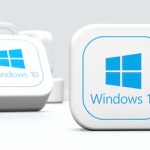Downtime is the enemy of every business. When your systems aren’t working and everything stops – customer service, production and sales can slow to a standstill. Unfortunately, there are many situations that can result in downtime, and if you’re not prepared your business can suffer. If it is prolonged, it can even be fatal.
From technical issues like lost files, hardware failure, or a network breach, to environmental issues like a natural disaster or power failure, it’s important to be prepared for any contingency. Today, every business needs a backup and disaster recovery (BDR) strategy. When downtime happens a BDR strategy can help you to recover quickly and restore the files and systems you need to keep working and your business up and running.
Downtime: The Costs
Every business is unique, but studies have shown that on average it costs a company $10,000 per hour, every hour that they’re down. Enterprise-level organizations costs are even higher. A single hour of downtime at an enterprise-level organization can cost between $1 and $5 million dollars!
Downtime ruins productivity, disrupts your daily business, causes revenue loss, and worst of all can cost you customers. Thirty-seven percent of SMBs have lost customers due to downtime. If you’re a B2B business it’s even worse with 46% experiencing customer loss.
The Case for a BDR Solution
After an outage, whether it’s a natural cause, a cyberattack, or another network failure, a BDR solution can make sure your data is recovered and can get you back online quickly.
Your BDR system should:
- Be properly configured
- Eliminate hardware or software compatibility issues
- Be regularly tested to ensure that it works when needed
- Prevent data corruption
It’s important to review and update your BDR plan regularly and adjust it as needed. Backups should be stored at a secure offsite location to keep them safe in the event your primary workplace is affected. Prioritize which applications are most important and essential for keeping the business operating and focus on them first. Make sure you have plenty of bandwidth available to restore all of the necessary data you produce.
If you’re not sure where to start, give us a call and let us help you set up a BDR solution to protect your business from unforeseen circumstances.
Subscribe to our Blog
What is a Document Management System?
A beginner's guide to managing documents from paper to intelligent automated workflows.







